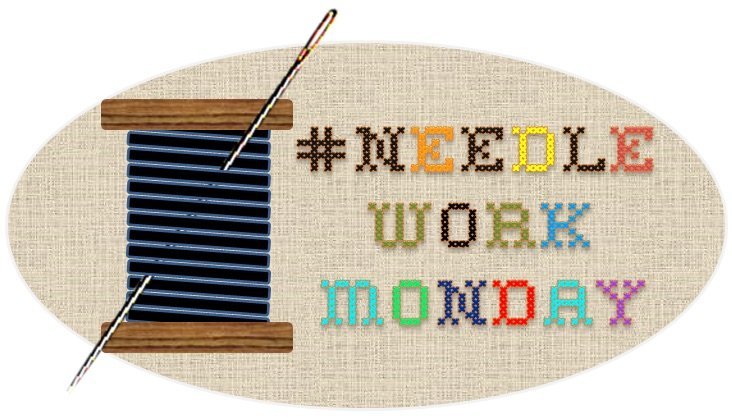Hello Hivers friends,
In the last article I told you about my collection of miniature liquor bottles. As I was saying, over the years I have collected about 250 unique pieces and I am very proud of it!
Today I’d like to show you which are my favorite bottles and share some curiosities about this type of collecting.
Ciao amici Hivers,
Nello scorso articolo vi ho parlato della mia collezione di bottiglie di liquore in miniatura. Come vi dicevo, nel corso degli anni ho collezionato circa 250 pezzi unici e ne sono molto orgogliosa!
Oggi voglio mostrarvi quali sono le mie bottiglie preferite e condividere qualche curiosità su questo genere di collezionismo.

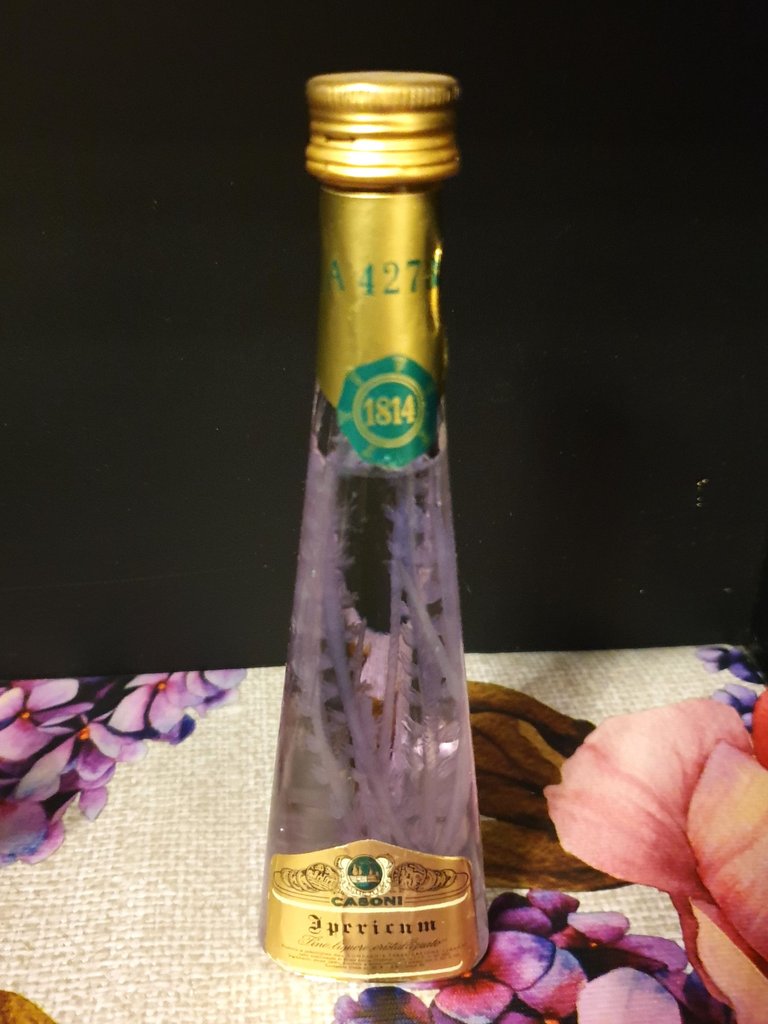 |
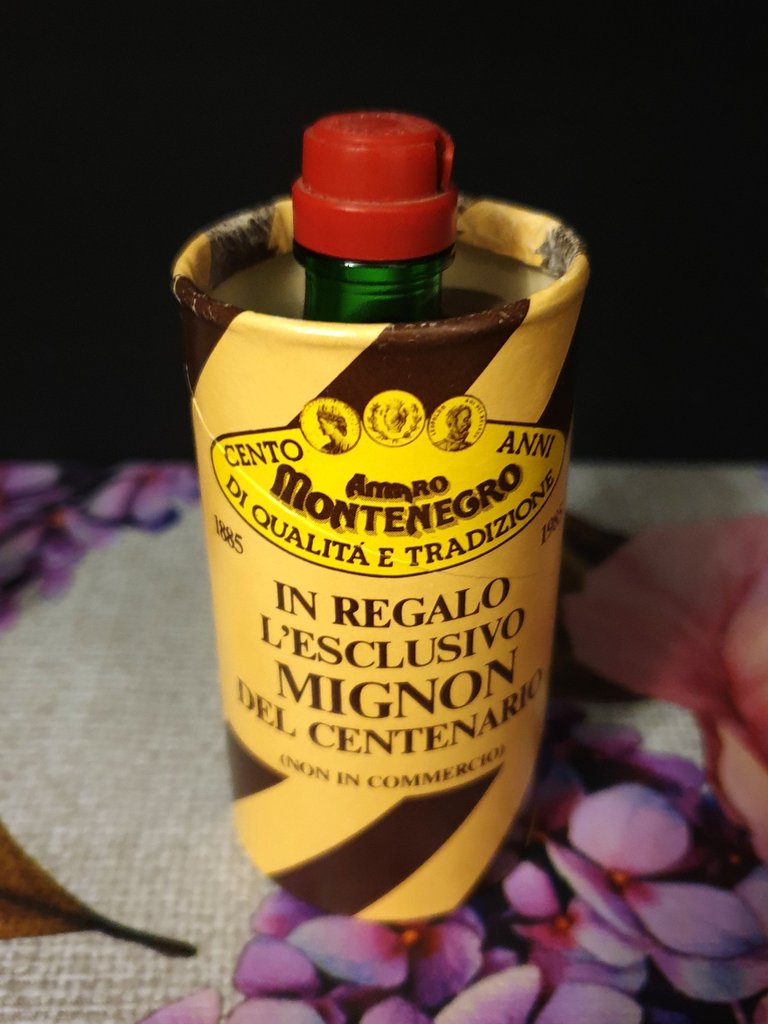 |
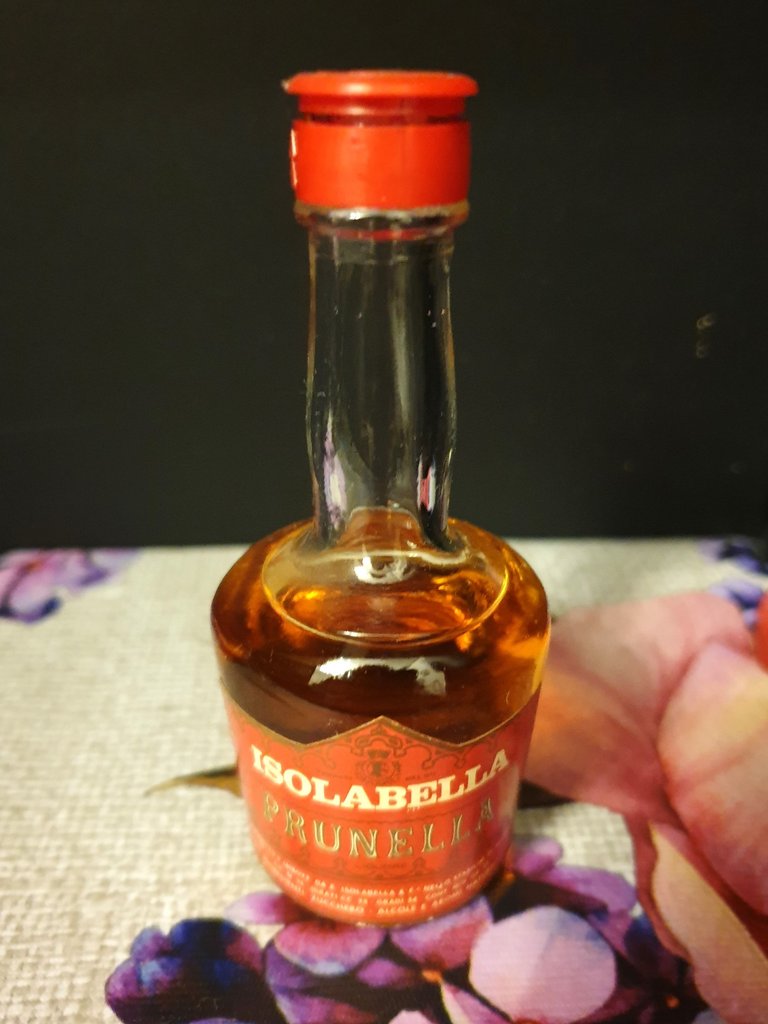 |
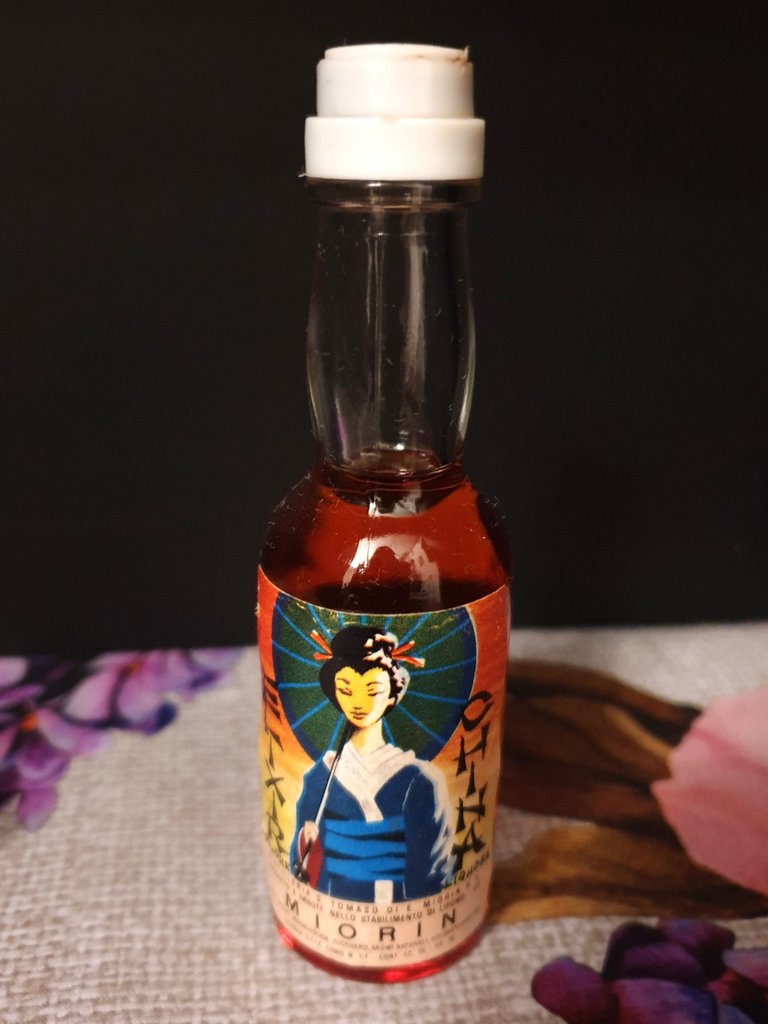 |
One of the bottles I’m most happy with is the special one for the centenary of Amaro Montenegro, an Italian liqueur with aromatic and warm notes. It’s dated 1985 and has a very high sentimental and economic value!
Among the most famous national liqueurs is Rabarbaro Zucca, which is still produced today and can be found in all Italian homes.
In the collection there are also liqueurs that, unfortunately, are no longer produced, such as Elisir di China and Kapriol.
Over the years, to differentiate themselves, liqueur producers have also created bottles with original shapes, such as that of Grappa Vite, which resembles a demijohn.
There are also miniature ceramic bottles in the shape of animals, cars or famous monuments (Colosseum, Eiffel Tower, ...).
Una delle bottiglie di cui sono più contenta è quella speciale per il centenario di Amaro Montenegro, un liquore italiano dalle note aromatiche e calde. È datata 1985 e ha un valore affettivo ed economico molto elevato!
Tra i liquori nazionali più famosi c’è il Rabarbaro Zucca, che si produce ancora oggi e si trova in tutte le case degli italiani.
Nella collezione sono presenti, invece, anche liquori che, purtroppo, non si producono più, come l’Elisir di China e il Kapriol.
Nel corso degli anni, per differenziarsi, i produttori di liquori hanno anche creato bottiglie di forme originali, come quella della Grappa Vite, che assomiglia a una damigiana.
Esistono anche bottiglie mignon in ceramica con forme di animali, automobili o monumenti famosi (Colosseo, Tour Eiffel, …).

 |
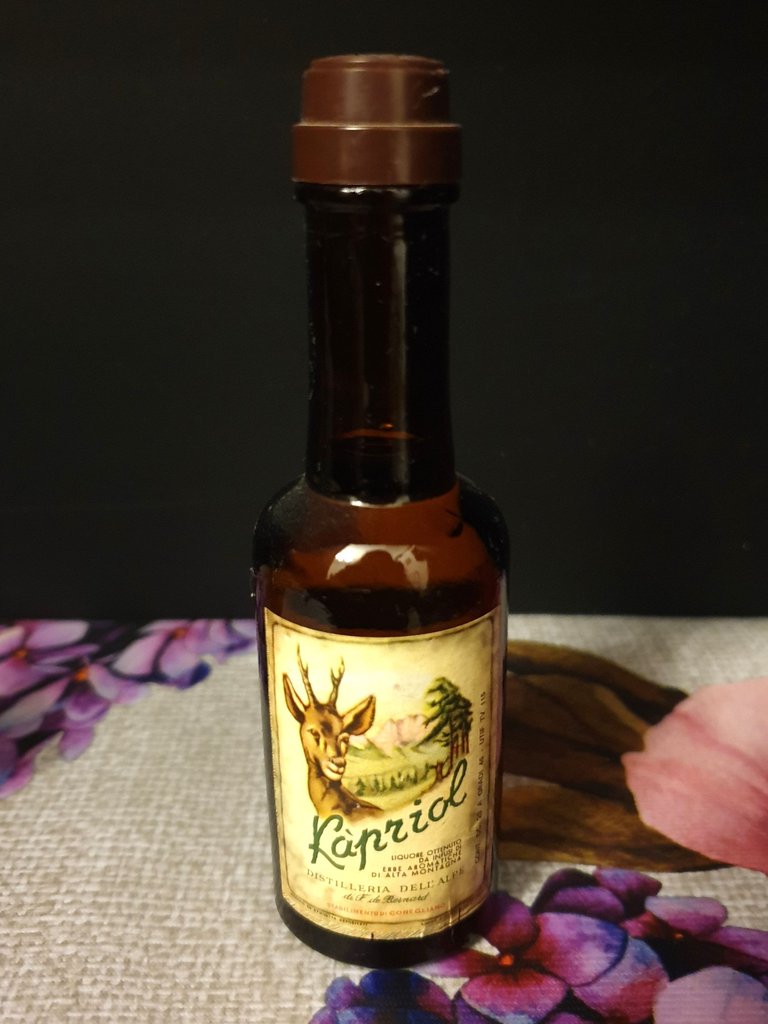 |
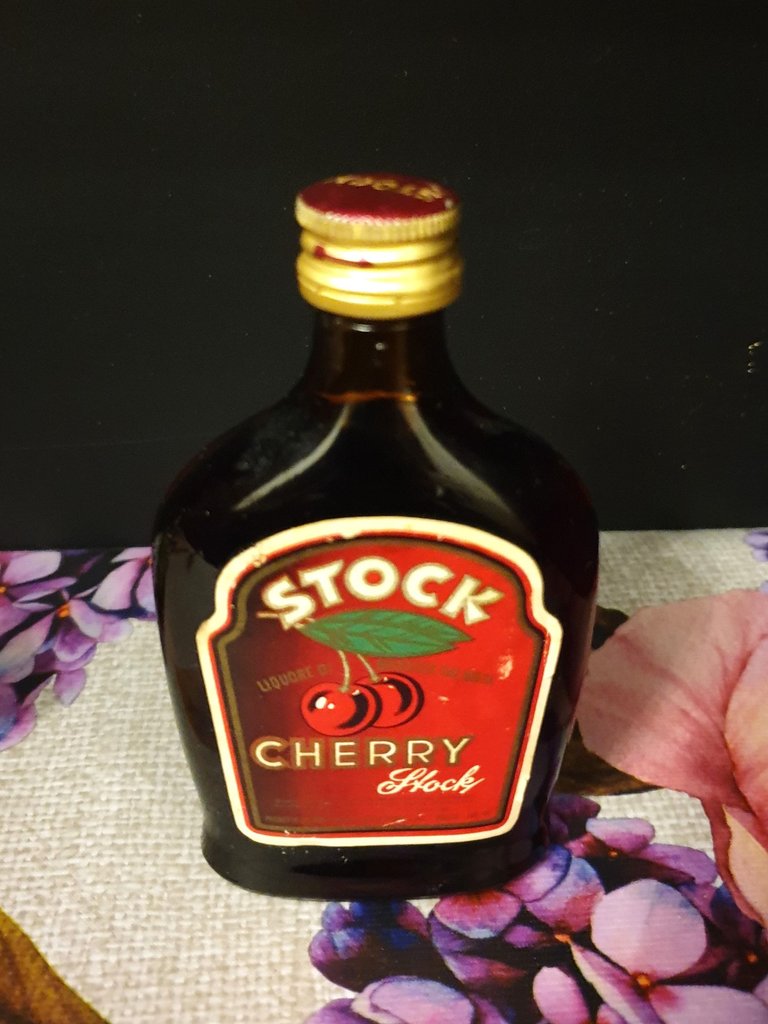 |
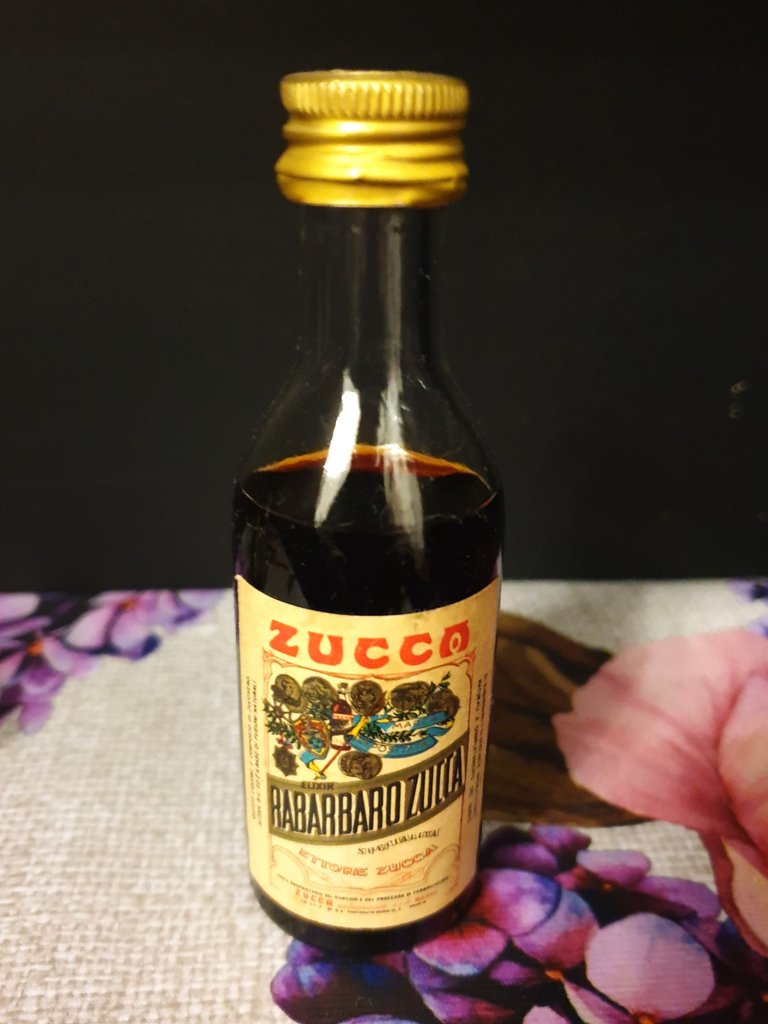 |
From a legislative point of view, in Italy a decree was issued in 1954 which established that miniature bottles should also have a tax stamp. The presence of period seals significantly increased the value of collectible bottles!
Other countries, such as East Germany and the USSR, used miniature liquor bottles for political propaganda. For example, miniature vodkas were famous for communist anniversaries.
The labels are true works of art. In fact, it was common to commission artists to design the labels of liquors and today there is even a famous museum in Begur (Spain), with over 100,000 on display!
Dal punto di vista legislativo, in Italia venne emanato un decreto nel 1954 che stabiliva che anche le bottiglie mignon dovessero avere il contrassegno fiscale. La presenza dei sigilli d’epoca aumentò notevolmente il valore delle bottiglie da collezione!
Altri paesi, come la Germania dell’Est e l’URSS, utilizzavano le mignon di liquori per fare propaganda politica. Ad esempio, erano famose le vodka in miniatura in occasione di anniversari comunisti.
Le etichette sono delle vere e proprie opere d’arte. Infatti, era diffuso commissionare agli artisti la grafica delle etichette dei liquori e oggi esiste anche un museo famoso a Begur (Spagna), con oltre 100.000 in esposizione!

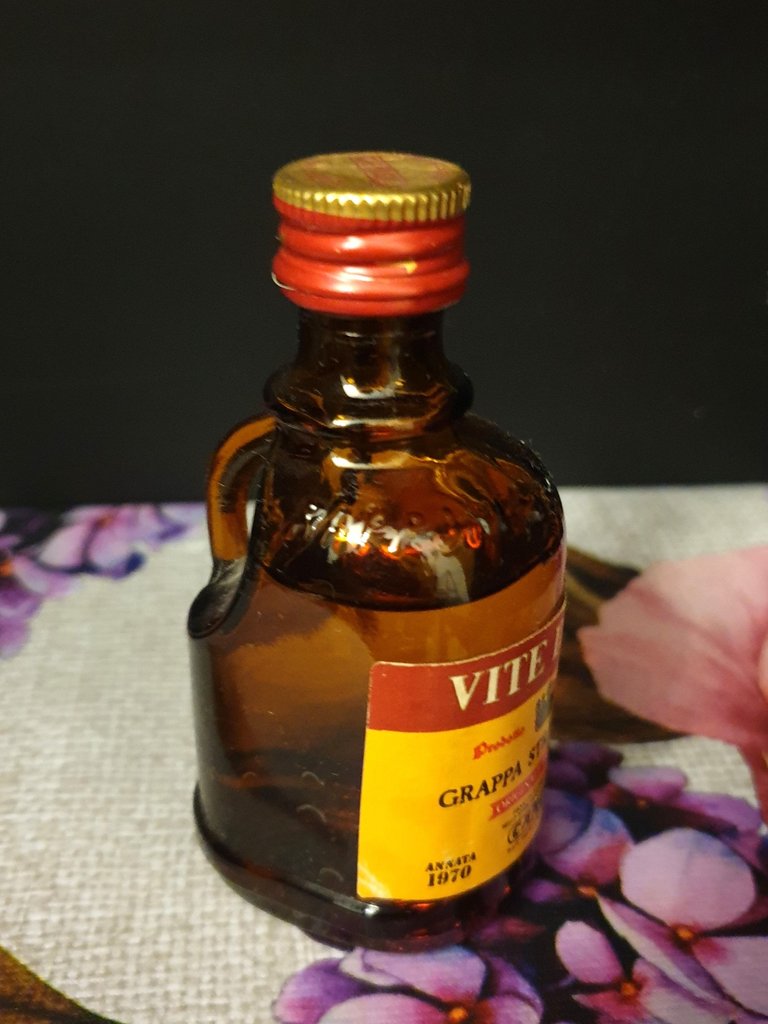 |
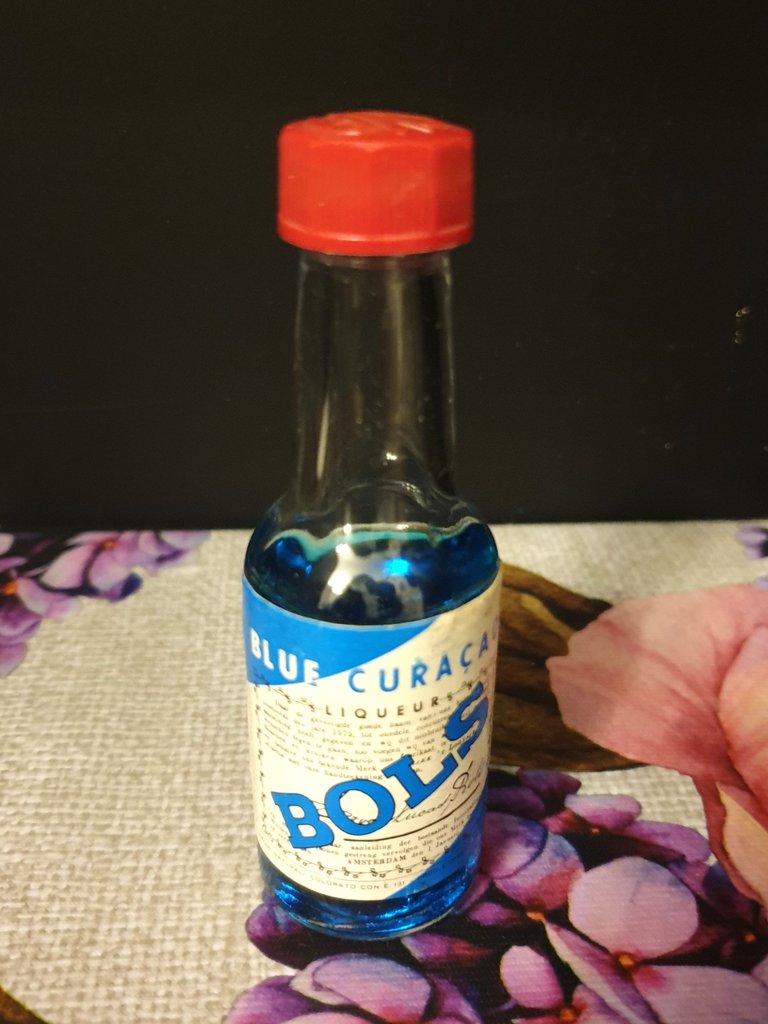 |
Do you like my miniature liquor bottles? Thanks for reading.
See you next time,
Delilha
Vi piacciono le mie bottiglie di liquore in miniatura? Grazie per avermi letto.
Alla prossima,
Delilha





